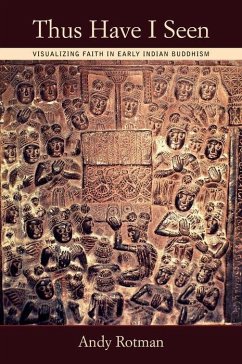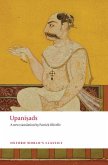This book offers a new approach to understanding Buddhist lay and monastic practice by recognizing the crucial role that visual practices played in Indian Buddhism in the early centuries of the Common Era. In the genre of Indian Buddhist narratives known as avadana, most lay religious practice consists not of reading, praying, or meditating, but of visually engaging with certain kinds of objects. The key for understanding the Buddhist conceptualization about the world and the ways it should be navigated is found, in these stories, in ways of seeing and the results of seeing. His analysis is based primarily on stories from the Divyavadana ('Divine Stories') -- one of the largest and most important collections of ancient Buddhist stories written in Sanskrit from the early centuries of the Common Era-that have since spread throughout Asia, leaving an indelible mark on Buddhist thought and practice. Rotman examines the functioning in these stories of the mental states of sraddha and prasada-terms often, though problematically, translated as 'faith.' In particular, he analyzes how these mental states relate to practices of 'seeing' (darsana) and 'giving' (dana), and what this configuration of seeing, believing, and giving can tell us about Buddhist doctrine, the power of images, the logic of pilgrimage, and the market-based morality of early Indian Buddhism.
Hinweis: Dieser Artikel kann nur an eine deutsche Lieferadresse ausgeliefert werden.
Hinweis: Dieser Artikel kann nur an eine deutsche Lieferadresse ausgeliefert werden.








